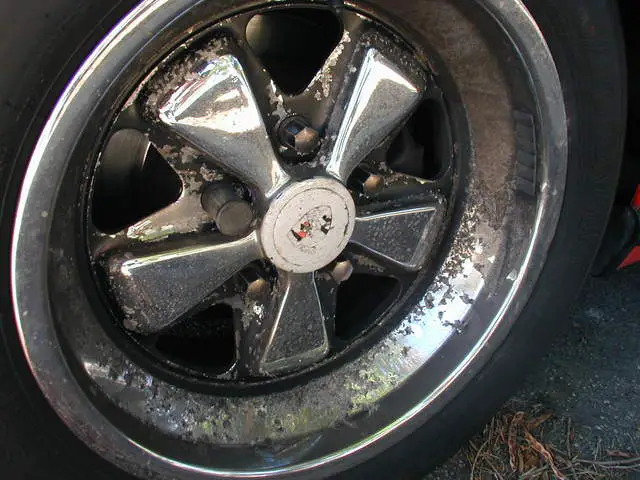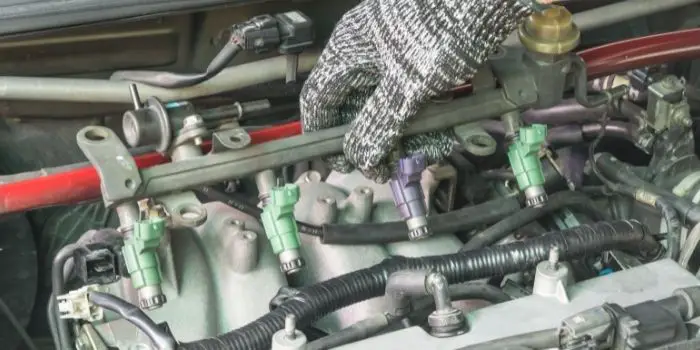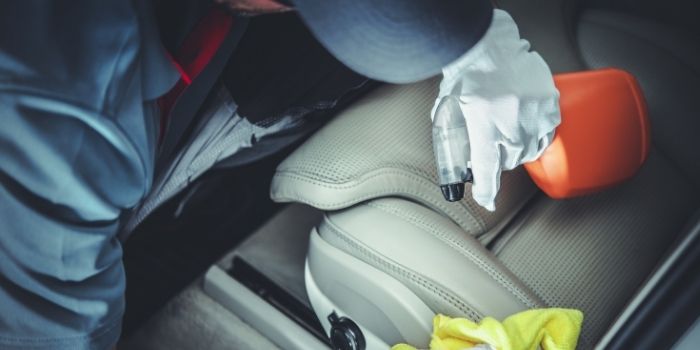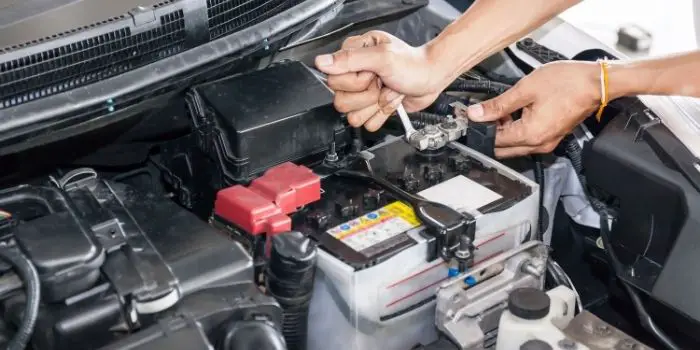
We have all been there: you turn your key, and… nothing. You hear the familiar click as you attempt to start your engine, but it just won’t catch—a dead car battery.
Let’s face it — without a working car battery, our lives come to a sudden stop.
Fortunately, In this blog post, we’ll explore seven easy DIY tricks that you can use to get your vehicle back in action – all without having to shell out hundreds of dollars for professional help. So if your hunk o’ junk won’t start anymore, keep reading – you may be able to jump-start it yourself.
Table of Contents
Recovering a Dead Car Battery
If your car battery has gone from purring like a kitten to rumbling like a bull, don’t worry – you don’t have to call a tow truck just yet. With the right set of tools and a bit of elbow grease, there’s still hope for reviving even the most stubborn dead car battery.
The following are 7 DIY ways that will kick-start even the most stubborn of batteries…
1. Add Distilled Water
You can keep your car battery running at its peak performance with a simple topping up every couple of months – add distilled water to the cells and allow for an additional boost in electricity.
This will ensure that you can benefit from chemical reactions which generate power, enabling smooth starts when it matters most. Regularly checking electrolyte levels is vital, too, as low amounts could mean more frequent fill-ups are needed to keep things functioning smoothly.
2. Make Use of Epsom Salt Solution
You can also revive your car’s battery by using an electrolyte solution made from Epsom salt (magnesium sulfate). This potent acid can help restore the charge and get you on the road again.
Simply dissolve 1 part of salts in 3 parts warm distilled water to create a balanced mix, then add 14-12 electrolytes until each cell is covered for maximum impact.
3. Hand Cranking Procedure
Hand cranking is a historical mechanical tactic that needs the support of tools such as an axle stand for extra steadiness. Before you begin, raise your rear wheel and ensure that both front wheels are clear for improved grip.
Make sure to do this with the engine running. Wrap a rope around the driving wheel and spin it in its regular direction until pulling hard flips over your motor, starting up on ignition.
4. Apply the Chainsaw Method
To begin the process of charging your battery, start by removing both the blade and chain from your chainsaw. The pulleys must then be taken out so that it resembles a wheel with spokes sticking out of one side.
Utilize two distinct holes on each sprocket to attach both ends of the alternator belt securely; zip ties can also be used for extra fastening if necessary. You’re now ready to charge that battery. But remember – gaps between them should not exist because air entering those areas may cause electric sparks to form.
5. Using Aspirin or Acetylsalicylic acid
Imagine you are in the middle of a remote camping excursion, equipped with just some water and aspirin. Surprisingly enough, acetylsalicylic acid (C9H8O4) may be used to adjust your electrolyte balance.
Begin by crushing twelve tablets containing either 400 or 500 mg of aspirin each into powder form. Subsequently, dissolve the powdered substance within 6 ounces of warm distilled H2O to produce an aspirin solution.
Next, equally, distribute this mixture amongst every cell – depending on how much coverage is needed for all plates, more liquid could potentially be demanded.
6. The 18-Volt Drill Battery Technique
To make this work, you’ll need an 18-volt drill battery that’s fully charged and a jump start cable available at car stores.
Simply build a temporary connection between your vehicle’s defunct battery and the 18-volt drill using jumper cables or other modifications to make it perform as if you’re doing a typical jumpstart technique.
7. Using Hot Ash Method to Recover Dead Car Battery
The hot ash technique should be a plan of action only if all other alternatives have been explored. Start by creating a fire and allowing it to burn until the ashes are warm enough for contact with the battery’s filler caps.
Exercise caution throughout this process in order to avoid any combustion mishaps, then replace your battery after it has gained some heat from being on top of the ashes. Always remain aware as you turn on your engine – make sure that no flames start.
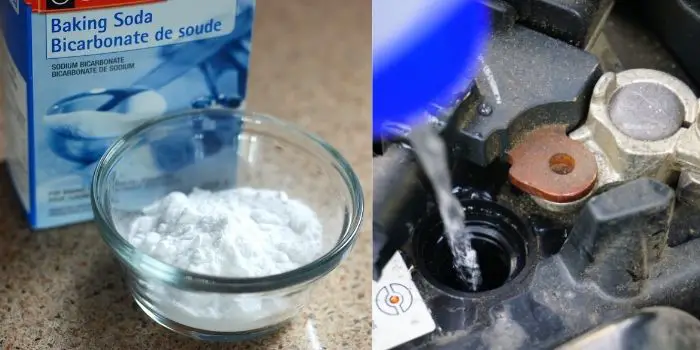
Does Baking Soda Revive Car Batteries?
While it may not work for everyone, you can always give baking soda a go.
Start by adding one pound of baking soda into a gallon of distilled water and then carefully pour the resulting solution into your vehicle battery – taking care to ensure that it does not exceed its maximum capacity.
Give the battery a good shake for about sixty seconds so that the concoction is evenly spread throughout.
By mixing baking soda with water and applying it to the battery terminals, you can neutralize the acidic corrosion which will likely give your dead car battery a temporary fix.
Can You Rejuvenate a Car Battery with Vinegar?
For both internal and external use, pure white vinegar is a fantastic tool to revive your car battery. Utilize it to create sparks so that the battery can be powered up or clean the terminals for an optimal connection – either way, you’ll reap rewards from its low acidic properties.
But how does this acid work in reviving an old battery?
To understand this concept, you must first be aware of the components used to create a car battery. In cars, lead-acid batteries are typically employed – composed of two lead plates and submerged in an electrolyte solution made up of sulfuric acid and water.
This is how electrons become liberated, thus creating current; thanks to the interaction between the plates and acid inside. As vinegar also contains acidic properties, it follows that it could similarly be used as an alternative for sulfuric acid within batteries too.
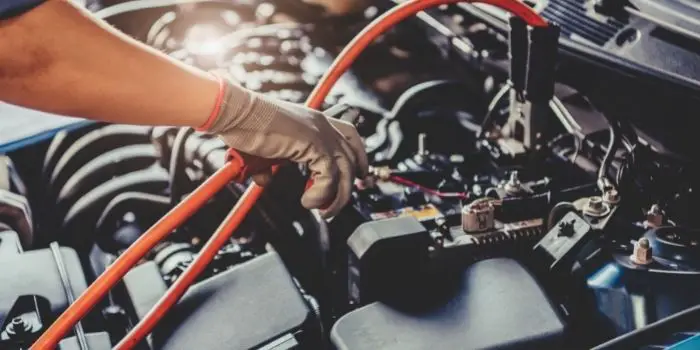
What Kind of Water Should You Use to Fill Your Battery?
Many individuals just want to run to the nearest faucet and fill up water for the battery there because it is convenient and readily available. Unfortunately, car batteries can be sensitive to any old tap water.
This is because tap water has certain minerals and other natural materials that could cause the battery to corrode. These impurities can build up on the battery cell’s plates and ultimately reduce its capacity, therefore bringing down its useful life. For this reason, it’s good to use bottled water instead of tap water to fill your car battery.
If you ask me – the best options for filling your car battery are deionized or distilled water. These types of water don’t have the same minerals that you’ll find in tap water. Before using, take a look at the label and make sure that it is either one of these types of water before using it.
The car battery has ionized electrolytes that have to be diluted with water. By using deionized water, you can be sure that the water will dilute and not add to the charge of the battery.
Distilled water has no mineral deposits like calcium which are commonly found in water springs. The neutrality of this water makes it better for filling a battery.
When filling your car battery with water, be sure you don’t pour in too much. Too much water can damage the battery and either break it or significantly lessen its lifespan.
When the car battery is being used or even just charging, the battery’s electrolyte levels increase. Overfilling the battery can make the electrolytes overflow from the cell.
Electrolytes are corrosive, which means they can damage the battery and the area around it as well. Beyond that, putting in too much water can make the electrolyte solution too diluted, which could result in an underperforming battery.
When should you top up your car’s battery with water? Though there is no hard-and-fast rule on how often you should do this, a few factors should be taken into account when deciding the frequency. Pay attention to these points and consider them carefully before examining your battery:
- Consider the age of the battery, as older batteries need attention more often.
- Consider the quality of the battery, as better-quality batteries will lose water at a slower pace.
- Consider the air temperature–the hotter it is outside, the faster a battery will need to be refilled.
- Consider the usage, as most of the water loss will occur when the battery is being charged.

Based in Orem (Utah) John Paterson graduated from Utah Valley University and has begun writing in 2009. He has a large wealth of experience in writing articles related to cars, automotive repair, wheels, cleaning/maintenance, and much more. He has also written instructional articles in a similar niche for a few online publications as well. Currently, he works as a mechanic in his personal garage shop where he loves serving his countrymen from his heart.


